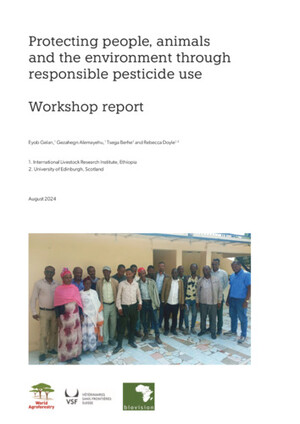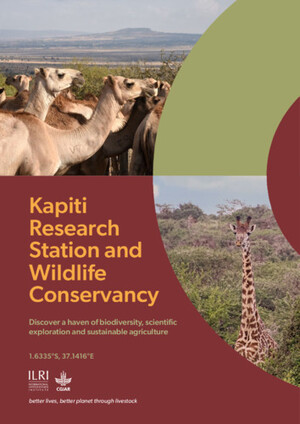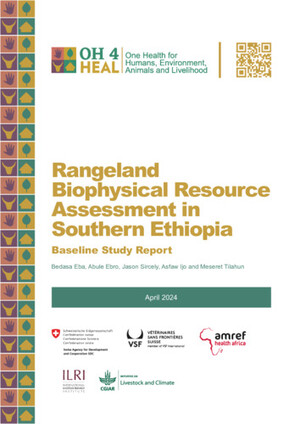
Transcending landscapes: Working across scales and levels in pastoralist rangeland governance
Abstract
Landscape approaches can be subjected to mistakenly targeting a single “best” level of governance, and paying too little attention to the role that cross-scale and cross-level interactions play in governance. In rangeland settings, resources, patterns of use of those resources, and the institutions for managing the resources exist at multiple levels and scales. While the scholarship on commons offers some guidance on how to conceptualize governance in rangeland landscapes, some elements of commons scholarship—notably the “design principles” for effective governance of commons—do not seem to apply neatly to governance in pastoralist rangeland settings. This paper examines three cases where attempts have been made to foster effective landscape governance in such settings to consider how the materiality of commons influences the nature of cross-scale and cross-level interactions, and how these interactions affect governance. In all three cases, although external actors seemed to work appropriately and effectively at community and landscape levels, landscape governance mechanisms have been facing great challenges arising from relationships beyond the landscape, both vertically to higher levels of decision-making and horizontally to communities normally residing in other landscapes. The cases demonstrate that fostering effective landscape-level governance cannot be accomplished only through action at the landscape level; it is a task that must be pursued at multiple levels and in relation to the connections across scales and levels. The paper suggests elements of a conceptual framework for understanding cross-level and cross-scale elements of landscape governance, and offers suggestions for governance design in pastoralist rangeland settings.
Citation
Robinson, L.W., Ontiri, E., Alemu, T. and Moiko, S.S. 2017. Transcending landscapes: Working across scales and levels in pastoralist rangeland governance. Environmental Management 60(2):185–199.










